Search Thermo Fisher Scientific
A major, ongoing challenge of the tech industry is the shrinking of semiconductor devices and transistor feature dimensions. To maintain excellent reliability, performance, and yield, semiconductor failure analysis techniques have to constantly improve in order to meet this challenge. As a result, high-end, advanced instrumentation is needed to localize and identify defective structures, which have more places to hide due to high-density interconnects, wafer-level stacking, and complex 3D architectures.
Nanoprobing is an advanced characterization technique designed to isolate electrical defects that can negatively influence yield, reliability, and performance. Nanoprobing also provides the precise localization of electrical faults, which is necessary for an effective transmission electron microscopy (TEM) failure analysis workflow.
Thermo Fisher Scientific provides a range of advanced nanoprobing and sample preparation tools for reliable and accurate electrical fault isolation on a wide range of advanced devices. The Thermo Scientific nProber IV System is a high-performance scanning-electron-microscopy-based platform for the localization of transistor and metallization faults. The Thermo Scientific Hyperion II System is a high-productivity atomic-force-profiling nanoprober, with leading-edge transistor-probing performance that includes integrated conductive atomic force microscopy (C-AFM) capability. See the product pages below for more information.
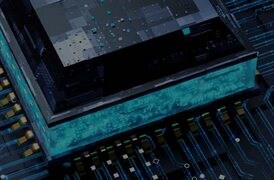
Semiconductor Device Packaging
Advanced semiconductor device packaging requires new integration approaches and innovation in performance, power efficiency, area, and cost. See how Thermo Scientific failure analysis workflows provide fast, precise, and accurate time-to-data for device packaging development.
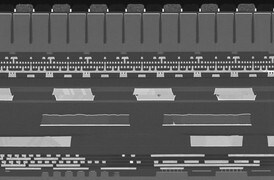
Semiconductor Failure Analysis
Increasingly complex semiconductor device structures result in more places for failure-inducing defects to hide. Our next-generation workflows help you localize and characterize subtle electrical issues that affect yield, performance, and reliability.

Physical and Chemical Characterization
Ongoing consumer demand drives the creation of smaller, faster, and cheaper electronic devices. Their production relies on high-productivity instruments and workflows that image, analyze, and characterize a broad range of semiconductor and display devices.
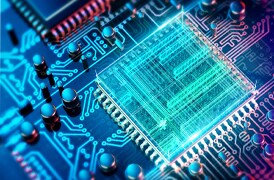
ESD Semiconductor Qualification
Every electrostatic discharge (ESD) control plan is required to identify devices that are sensitive to ESD. We offer a complete suite of test systems to help with your device qualification requirements.
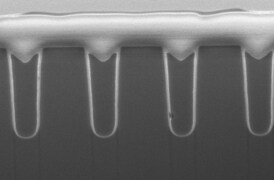
Power Semiconductor Device Analysis
Power devices pose unique challenges for localizing faults, primarily as a result of power device architecture and layout. Our power device analysis tools and workflows quickly pinpoint fault locations at operating conditions and provide precise, high-throughput analysis for characterization of materials, interfaces and device structures.
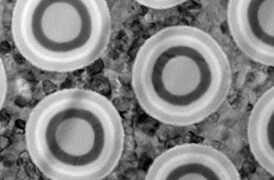
Semiconductor Pathfinding and Research
Advanced electron microscopy, focused ion beam, and associated analytical techniques for identifying viable solutions and design methods for the fabrication of high-performance semiconductor devices.
Semiconductor Materials and Device Characterization
As semiconductor devices shrink and become more complex, new designs and structures are needed. High-productivity 3D analysis workflows can shorten device development time, maximize yield, and ensure that devices meet the future needs of the industry.
Electron microscopy services for
semiconductors
To ensure optimal system performance, we provide you access to a world-class network of field service experts, technical support, and certified spare parts.





